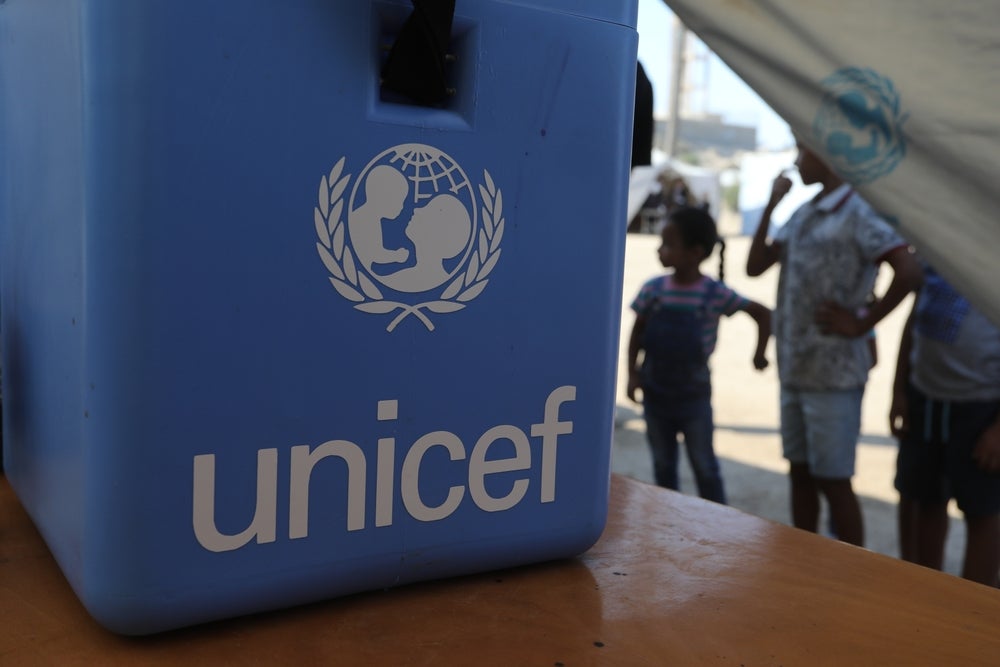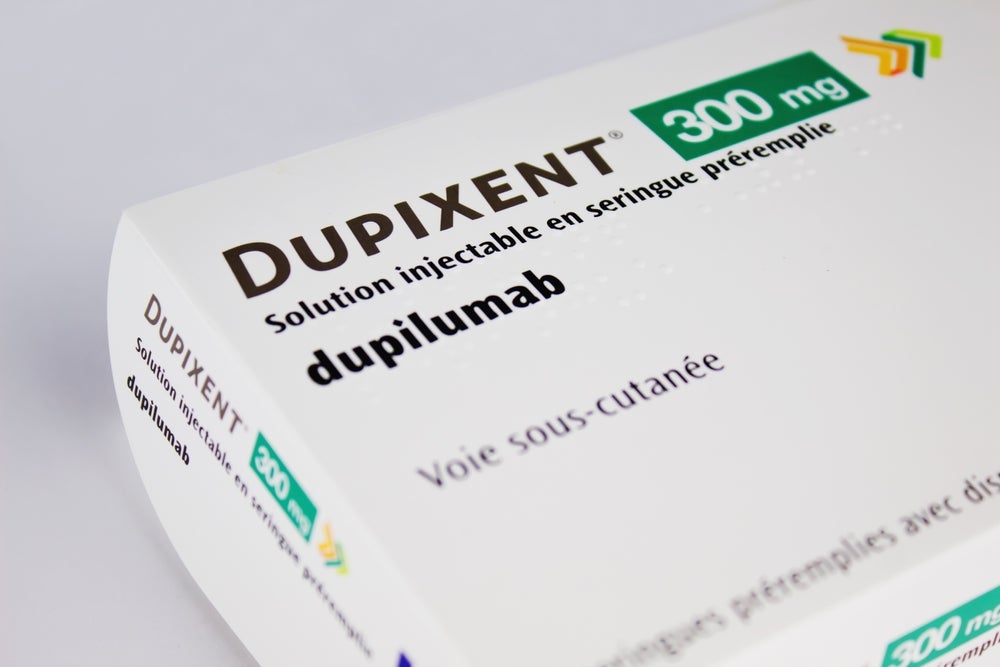Biomea Fusion’s stock is on the up after the company plans to resume two clinical trials evaluating its therapy for type 1 (T1D) and 2 diabetes (T2D) after the US Food and Drug Administration (FDA) lifted a full clinical hold.
In June, the regulatory agency paused the trials of BMF-219 after reports of potential drug-induced hepatotoxicity emerged. This news led to a 65.57% decline in Biomea’s stock price.
After the FDA announced the lift of the clinical hold, the company’s stock was up by 9% at the market close on 26 September, compared to the market close on the previous day. The stock is steadily returning to a similar level as before the clinical hold.
The clinical hold affected the Phase I/II COVALENT-111 trial (NCT05731544) and Phase II COVALENT-112 trial (NCT06152042) evaluating BMF-219 in patients with T2D and T1D, respectively.
Biomea’s CEO Thomas Butler noted that the FDA lifted the clinical hold based on a “safety review of the ongoing Phase IIb expansion study, where the concerning safety signals seen in the Phase IIa escalation study did not translate over to the larger expansion study”.
Butler added that “none of the elevated lab values translated to confirmed serious liver injury or liver impairment”.
As the company resumes the clinical trials, it expects the topline data from Phase IIa of COVALENT-112 with about 20 patients in Q4 this year. In the same period, the company expects topline 26-week data readout from Phase IIb of COVALENT-111, with data from about 200 patients with T2D.
In a call with the investors, Butler noted that the company conducted an independent review of the trial’s safety data. The review showed liver enzyme elevations were predictable, dose-related, transient and returned to baseline.
The high-grade elevations of liver enzymes occurred in the first 30 days in patients who received a starting dose of 200mg, according to Butler: "These patients typically had high baseline blood glucose levels and experienced a rapid drop in their blood sugar in the first 30 days.”
The review also noted that the patients who either received a 100mg dose or those who were escalated from 100mg after 60 days, did not experience high-grade elevations of liver enzymes, independent of baseline glucose levels.
The company’s chief medical officer, Juan Frias, in the investor conference call, noted that all the liver enzyme elevations were seen in patients who received starting doses of 200mg, and no grade 3 or higher elevations of the liver enzymes were seen in participants who started at 100mg or lower dosage.
The company dosed over 200 patients in the ongoing Phase IIb expansion study with a lower starting dose and did not observe any incidence of grade 3 or higher liver enzyme elevations. Additionally, some grade 2 liver enzyme elevations were seen, however, no dose interruptions or discontinuations were observed in these patients.
The FDA has suggested trial design modifications, including a BMF-219 starting dose of 100mg once daily for all future diabetes studies, dose escalation only after initiation with 100mg, and increased monitoring of liver enzymes. The agency also advised the company to take a detailed patient history, which includes concomitant medications.
BMF-219 is an investigational irreversible covalent inhibitor of menin. It inhibits menin's ability to interact with transcriptional partners that drive the expression of cell cycle protein regulators, including those that prevent the replication and expansion of beta cells. Apart from diabetes, BMF-219 is also being evaluated as a treatment for cancers, including leukaemia, in two Phase I trials (NCT05631574 and NCT05153330).















